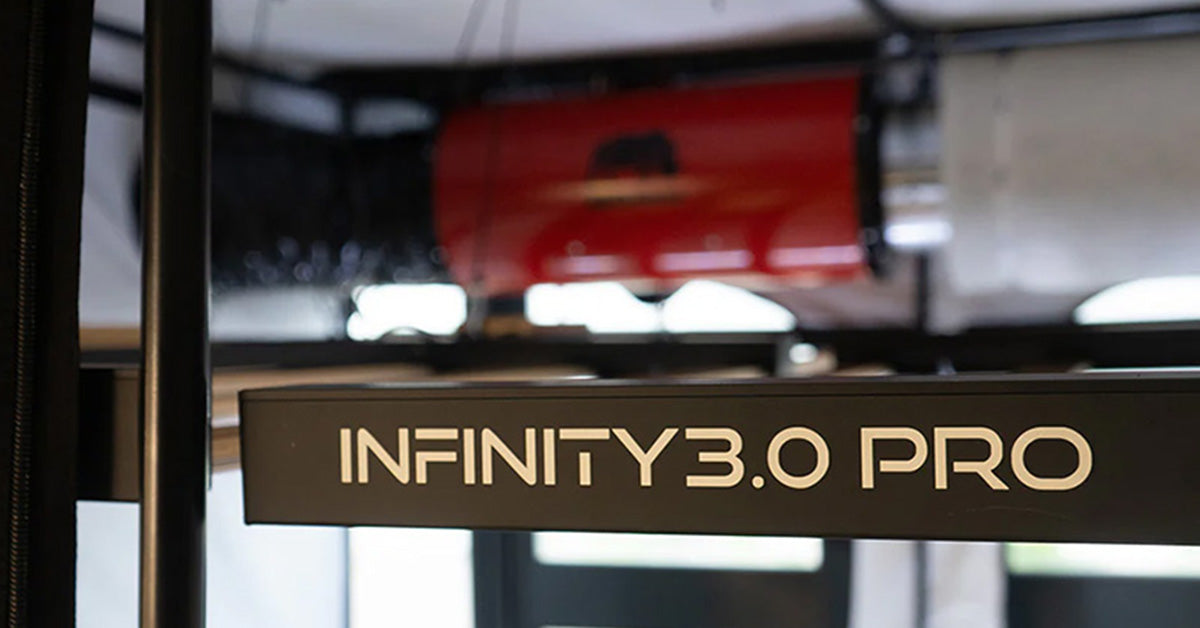Key Highlights
- Modern equipment such as LED grow lights, climate controllers and hydroponic systems are revolutionising the way we grow plants.
- These advancements in technology are improving plant health, increasing yields, and allowing for much easier, year-round indoor gardening.
- LED grow lights are energy-efficient and provide the right spectrum of light for optimal plant growth.
- Hydroponic systems eliminate the need for soil and allow plants to grow faster and healthier by providing them with a nutrient-rich water solution directly to their roots.
- These advancements in equipment are making it easier and more accessible for anyone to become a successful gardener.
- We stock a wide range of cutting-edge technology that encompasses the latest technological developments.
Cutting-Edge Tools Transforming the Grow Landscape
The world of gardening has come a long way from traditional methods of planting in soil and relying on natural sunlight. With advancements in technology, modern equipment is changing the way we grow plants. From innovative grow lights to soil-less hydroponic systems, these tools are revolutionising the grow game.
LED Grow Lights: Illuminating the Path to Growth
LED grow lights have become increasingly popular in the indoor gardening world due to their energy efficiency and broad spectrums that deliver rapid plant growth. Here are some key benefits of LED grow lights:
- Energy-efficient: LED grow lighting consumes less electricity compared to traditional grow lights, resulting in lower energy costs.
- Customisable spectrum: certain LED grow lights, like the Dimlux LED, can be adjusted to provide the different spectrums of light needed for different stages of plant growth.
- Longer lifespan: LEDs have a longer lifespan than traditional grow lights, reducing the need for frequent replacements.
- Heat management: LEDs generate less heat, reducing the risk of heat damage to plants and making the environment easier to control.
Hydroponic Systems: A Soil-less Solution for Urban Farming
Hydroponic systems are gaining popularity in urban farming and indoor gardening due to their ability to grow plants without soil. Here are some advantages of hydroponic systems:
- Water efficiency: recirculating Hydroponic systems use up to 90% less water compared to traditional soil-based gardening.
- Faster growth: plants grown hydroponically tend to grow faster and produce higher yields due to the direct supply of nutrients to their roots.
- Space-saving: hydroponic systems can be set up in small spaces, making them ideal for urban farming and indoor gardening.
- Reduced pests and diseases: without soil, hydroponic systems eliminate the risk of soil-borne pests and diseases, leading to healthier plants.
Aeroponics: The Future of Farming Without Soil
Aeroponics is a cutting-edge method of growing plants without soil. In this system, the plant's roots are suspended in the air and misted with a nutrient-rich solution. Here are some benefits of aeroponics:
- Faster growth: aeroponics allows plants to grow up to 50% faster compared to traditional soil-based methods.
- Efficient nutrient absorption: with their roots directly exposed to the nutrient-rich mist, plants can absorb nutrients more efficiently.
- Reduced water usage: aeroponic systems use significantly less water compared to traditional farming methods.
- Great for propagation: our aeroponic propagators will get cuttings rooted with lightning fast turnaround times
Environmental Control: Mastering the Grow Room Climate
Environmental control is essential for creating the ideal conditions for plant growth in a grow room. Here are some factors to consider for climate control:
- Temperature: maintaining the right temperature range is crucial for plant health and growth. Cooling systems, heaters, and ventilation can help regulate temperature.
- Humidity: controlling humidity levels is important to prevent mould and disease. Humidifiers and dehumidifiers can help maintain optimal humidity levels.
- Circulation: proper air circulation is necessary for plants to prevent the build-up of excess heat and humidity.
- CO2 Enrichment: increasing CO2 levels in the grow room can enhance plant growth and yields. CO2 generators or tanks can be used to enrich the atmosphere.
CO2 Enrichment Methods
CO2 enrichment is a technique used to enhance plant growth in a controlled environment. Carbon dioxide (CO2) plays a crucial role in photosynthesis, the process by which plants convert light energy into chemical energy in the form of carbohydrates. Boosting levels of CO2 can, therefore, have a dramatic effect on yields, increasing total weight by as much as 20%!!! Here are some methods of CO2 enrichment:
- CO2 tanks and regulators: compressed CO2 gas can be stored in tanks and released into the grow room using a regulator. This method allows for more precise control of CO2 levels.
- CO2 generators: these devices produce CO2 by burning fuel such as natural gas or propane. The released CO2 is then distributed into the grow room.
- Controllers: these units monitor the CO2 levels in the grow space, triggering additional dosing whenever concentrations drop below your chosen setting in parts per million (PPM).
Conclusion
As modern agriculture evolves, cutting-edge tools are revolutionising the way we grow. LED grow lights, grow systems such as IWS UK hydroponics systems, aeroponics, and environmental control technologies are reshaping the indoor farming landscape. These advancements optimise plant health, enhance growth conditions, and offer sustainable solutions for urban farming. By mastering temperature, humidity, and CO2 enrichment methods, growers can achieve efficient and productive results.
Stay informed, stay innovative, and watch your grow game flourish.

